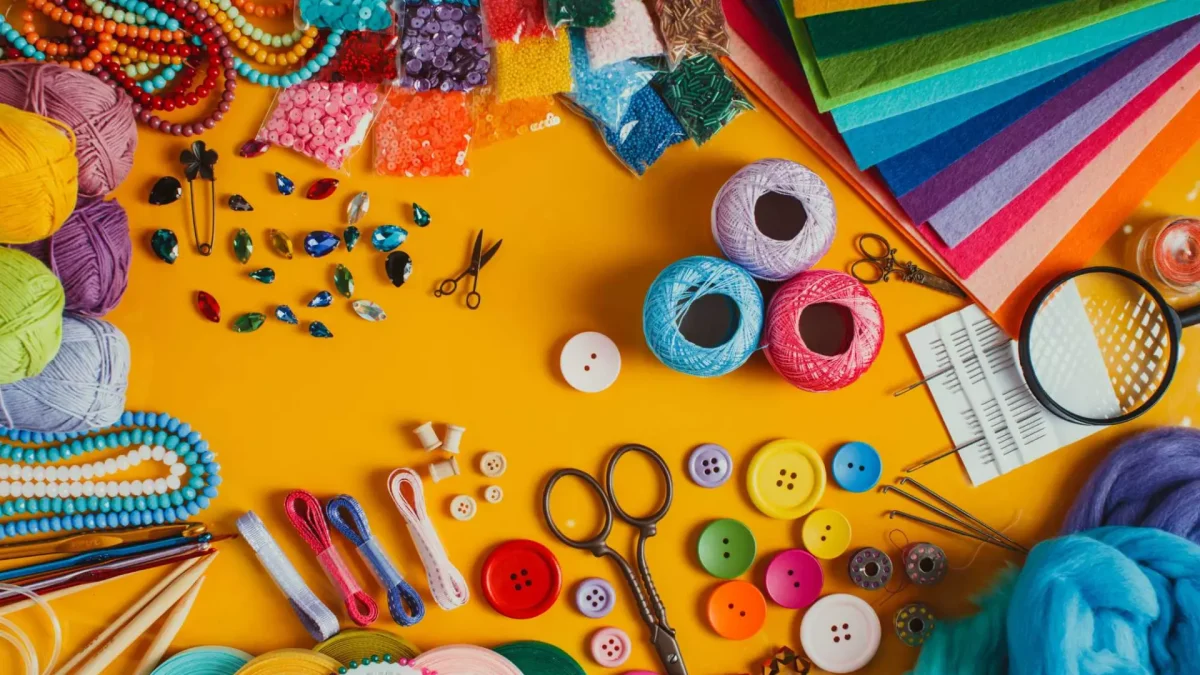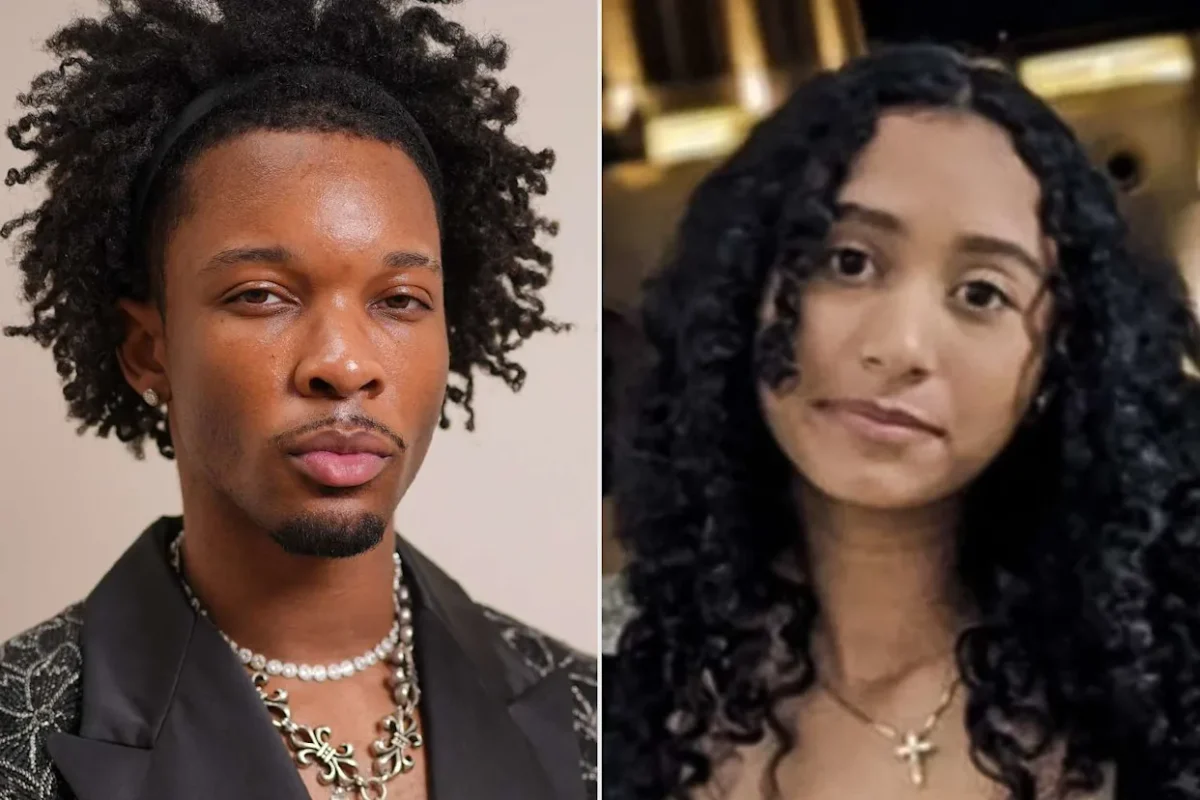I feel like the fall season is a fairly liked one; the weather gets cooler but can still be warm, people can wear jackets/hoodies, which most people feel comfy in, and even though school starts near fall, it’s almost immediately interrupted thanks to the Thanksgiving break, where people can be with their loved ones and eat delicious food! Because the fall and spooky months are coming to an end, I thought I’d talk about some things related to it. By that I mean things that are scary, related to fall, fall stories I have, and things that I wanted to look into and/or let other people know about. Let’s talk about the scary things first to get it out of the way.
If anyone has been to or heard of a slumber party, I think they heard about a game of some kind that goes like this: you get a candle or flashlight, stand in a dark room that has a mirror, turn on the light you brought, say something in the mirror 3 times, and a spirit or ghost or something will be summoned. Well, there is an explanation for this; if you see something in said mirror, it’s called ‘pareidolia.’ To put it simply, pareidolia is when you see a vague image, like seeing something in the dark, and try to figure out what it is, usually by relating it to something similar. For example, if you see a picture on the wall staring at you, it’s probably just a picture, and you just think it’s looking at you when really it isn’t. If you think you’re looking at a ghost floating behind you, it’s most likely a towel hanging on a hook to dry. For those wondering, “Why is it something scary I see?” It might be because you’re expecting to see something scary, so it’s the first thing to come to mind.
Similarly, this next scary thing is also about a mirror in a dark room with dim lighting. If you look at yourself in the mirror for an extended period of time, you might first see your reflection twist and blur. Then you might see a horrifying figure replacing your reflection. This is another phenomenon called ‘The Troxler Effect,’ which is where your brain ignores unchanging details and things you see in the mirror, like your face, to distort, change, or disappear and be replaced by eerie images from your own mind. This is also a key factor in how and why pareidolia works; these two phenomena work together to scare you and make you believe you saw something horrifying when in reality you didn’t.
That’s all the scary phenomena I have; let me share a scary story I have now. In retrospect, now that I think about it, it’s a bit silly, but I will still share it as it’s also funny.
I was with my sister and two of my cousins; we were on a camping trip with our family. When it got dark we decided to walk to a little park down by the pond with bulrush growing in the water. We went mostly because we were bored, but we discovered something very scary!
Everyone but me sat down on a bench while I went to the playground to look around. The pond had extremely long bulrush and bull reeds growing from it, and all of a sudden I heard a sound. It sounded like a cow’s moo—something was mooing from the bulrush.
I ran to everyone at the table and told them what I had heard, but they didn’t believe me. They joked, saying it was a “sea cow, and laughed until we all heard the mooing again, louder this time. We looked to the pond for a few seconds and immediately yelled and ran away from the playground, screaming and exchanging brief phrases. I think some of us were partially smiling as we were running, like we thought we were in the plot of a horror movie.
After a bit of running, we got to our campsite and told our family what happened. We took some flashlights and our phones and went back for who knows what reason.
We got near the playground and approached the bulrush slowly. We heard more mooing, but we couldn’t see anything. We didn’t run that time; we stayed calm and looked around. We didn’t see anything but kept looking. As we moved the bulrush, we asked each other, “Where is the noise coming from?” as it didn’t seem logical. Are we all just hearing things? Could something else make that sound?
We stayed there for half an hour looking for the source of the sound until it hit us. As we kept hearing it, we realized it wasn’t a moo. It was a croak from a frog. It was a frog the whole time, and its croak sounded like a moo. We were in disbelief when we realized it. We were in such shock and disappointment that we started walking back to our campsite.
To tell the truth, when I first heard the noise, I knew it was a frog. I just said that it was a cow sound because I wanted to be funny and see if my cousins and sister would believe me. I honestly didn’t think it would go as far as it did!
That’s the only scary experience I have to share, so let’s move on to another story. This story is about the origin of jack-o-lanterns. They originated in Ireland, and the story goes like this…
A man nicknamed Stingy Jack made deals with a devil. After some time, Jack tricked the devil into changing his form into a coin and trapped the devil by keeping a silver cross next to it, so the devil couldn’t change back. Jack calculated this deal would go exactly how he planned, the deal being if Jack allowed the devil to turn back into his original form, the devil wouldn’t take his soul. The devil agreed to the deal, and Jack allowed him to regain his true form. When Jack died, the devil said he couldn’t go to hell because of the deal they had previously made. Jack was initially pleased by this, but soon after, he learned he couldn’t go to Heaven because he made deals with a devil! The devil then gave Jack a burning piece of coal and told him it would light his way as he wandered the earth for eternity. Jack, now bound to the earth, put the coal into a turnip to carry it. He is still wandering the earth to this day. Some who claim they’ve seen Jack with his burning vegetable call him Jack of the Lantern.
Pretty cool legend if I say so myself! For those of you who want a more true story, jack-o-lanterns truly did originate in Ireland. People hollowed out potatoes and big turnips to carve faces into them to scare away evil spirits. The reason they didn’t use pumpkins was because they didn’t have pumpkins! Pumpkins were in America and not native to Ireland. When Irish immigrants came to America, they brought pumpkins back with them to Ireland and started using them since they were easier to carve. Since we’re on the topic of jack-o-lanterns, let’s keep the theme going by talking about the origin of trick-or-treating!
There are several traditions that are similar to trick-or-treating; here are the ones I found.
Souling was a medieval English tradition that occurred on All Saints’ Day. People would go from house to house where they would offer a prayer or song and receive food. The most common food was a pastry called a soul cake.
Guising was a tradition from Scotland and Ireland, where people would dress up in costumes and visit multiple houses. They would do a little performance for the people of the house they were visiting and receive treats and food!
Belsnickeling was a German-American Christmas tradition. Kids would put on costumes and go from door to door. If people answered the door, they would have to try and guess who the kids in the costumes were. If they couldn’t figure it out, the kids would be given food and treats!
However, out of all those traditions, souling might be tied to the real origin of trick-or-treating!
It started with the Celtic festival of Samhain, which most believe is the origin of Halloween. It was a pagan festival that marks the end of summer and the beginning of winter. Usually celebrated from October 31 through November 1st. Samhain was a time when the Celts believed the boundary between the worlds of the living and the dead became blurred. They believed that the gods were visible to humans and that spirits could interact with the physical world. During this festival, people wore costumes, often made of animal heads and skin, to disguise themselves from spirits and fairies. The poor would sing songs and give prayers to the dead in exchange for food (which is exactly what souling was: people singing and praying for food). Children would also sing songs, pray, and even read poems for food and coins! This tradition became more well known in the 19th century, and while it was secular, this started the tradition of kids dressing up in costumes and asking for treats! While we still don’t know exactly when Halloween and trick-or-treating began, we do know of two recordings that imply how early it started. The 1st recording was in Vancouver, B.C., where kids dressed up in disguises on Halloween in 1898. The 2nd recording was the first time the term ‘trick or treat’ was used in 1927. Samhain is thought to be the origin of Halloween. In which Irish immigrants brought the idea of Halloween to the United States, where it gradually changed to include elaborate costumes, scary movies, and candy.
That’s all the things I had on my mind to talk about for this fall season. I didn’t get into anything really scary because they were too gruesome and gory to write about, but I hope I did good and that you, the readers, enjoyed what I had to say. Thanks for reading. I hope you had a happy Halloween and that you have a great Thanksgiving!









